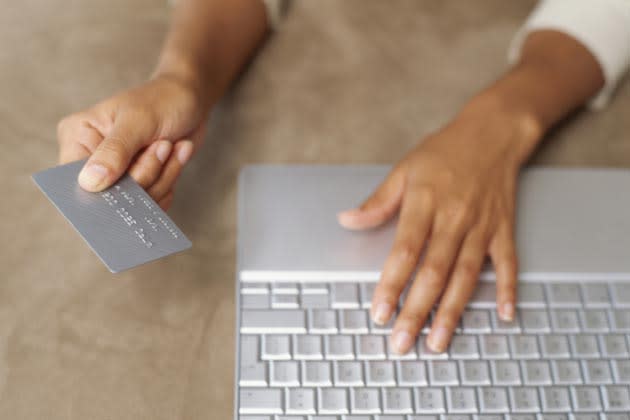What You Need To Know Before Shopping Online

By Tatin Yang for Yahoo! Southeast Asia
Is it safe to shop here?
Because you have to pay first before your items get delivered to you, it's important to check whether the shop you're thinking of buying from is legitimate. While there isn't a foolproof way to check, do a little digging of your own and look for previous buyer feedback.
Online marketplaces like Multiply and eBay have trusted sellers. When shopping from Multiply for example, Digital Traincase shop owner Sol Villamayor advises first-time online shoppers to always look for the T-shield logo on the site. "These shops are verified by Multiply as 'Trusted Sellers or Merchants,' and shops that are verified are eligible for Buyer Protection, where you could opt for a refund if things go wrong."
How do I make sure my payment is secure?
There are different ways you can pay an online merchant.
Credit card: When shopping using your credit card, make sure to keep your payment details confidential. Online shops are tasked to protect your sensitive information at all costs, and they handle payment transactions via encrypted pages—verify that you are being taken to a secure site by checking the address bar of your browser; a lock icon should be present and the start of the site address should begin with "https" in lieu of the normal "http."
PayPal: It also uses your credit/debit card to pay for your purchases but creating an account with them turns PayPal into your "payment broker" in the sense that it will be the one to handle the payment transaction—all you have to input is your PayPal username and password; the online shop you are transacting with won't have to store your payment information details on their server. PayPal is accepted worldwide, too, so you can shop at international shops that only accept US-based credit cards but accept PayPal payments.
Debit card: Or cash cards or ATM cards issued by your bank that have the MasterCard or Visa logo, which also have a 16-digit card number. Most banks also offer debit cards that are meant to be used for online shopping, but the balance is controlled by you entirely. You will only get to spend what you put in, so that's a boon for impulse shoppers—there's no risk of overspending. The downside to using a debit card? When it comes to disputing failed transactions (it happens!), credit card users have higher protection against failed transactions. For example, a 24-hour bank system refresh or update can nullify the wrong transaction in credit cards, while it may take longer to put the money back in your account when a debit card is used since you technically paid "in cash."
GCash (local shops only): GCash is Globe Telecom's handy mobile payment system. You can go to any accredited payment partner to put cash in your mobile wallet, which you can then use to pay merchants who accept GCash using your mobile phone. All you need to do after registering for a GCash account is to input the amount you intend to pay, your MPIN (mobile PIN) and the number of the payee and the balance is transferred in real-time. A lot of Philippine-based online sellers prefer this payment method for convenience.
How do I make sure it fits?
If you're buying clothes, most online shops selling apparel will have a sizing chart with measurements pertaining to the sizes. Have a tape measure handy to measure your body so you can gauge what size you should get—the sizing chart will tell you how to measure and from where. Apart from the sizing chart, user reviews are a very handy tool to determine what size you should get. Most users who've previously bought the item will leave reviews to inform other users if the size runs small, therefore buy a size up, or if the fabric is stretchy enough for you to move down a size.
How do I get what I paid for?
With the exception of photographs, online shopping means you're buying the actual merchandise sight unseen. Guarantee your satisfaction by ensuring that the shop you're buying from offers refunds, or if not, returns and exchanges. While international sites certainly offer returns and exchanges, they won't shoulder the cost of having the item shipped back to them, so that will cost you extra.
How long before it gets to me?
Most local online shops use couriers that guarantee one to two days delivery after payment receipt, and three to five for provincial. International online shops take two to three weeks after shipment date—you can opt for faster shipping but it will cost you. Some international shipments are also subject to duties and taxes via the Customs office so prepare to factor in that time and cost as well.

